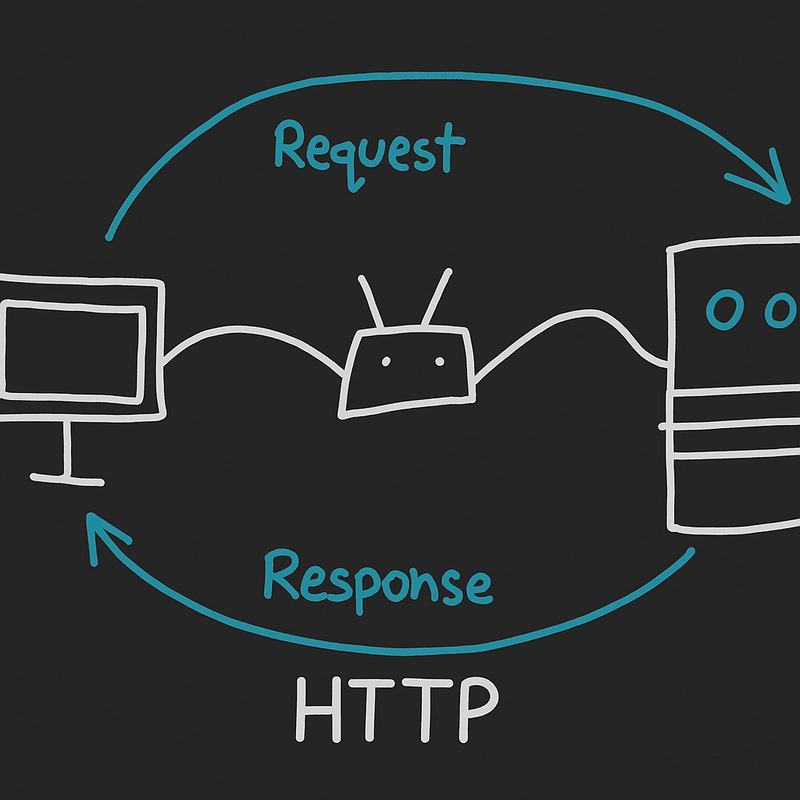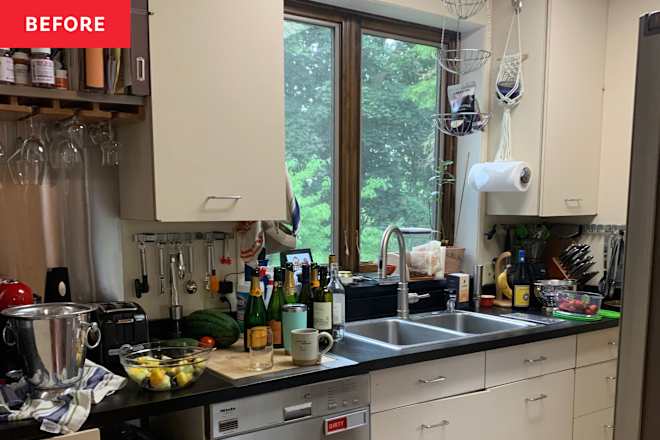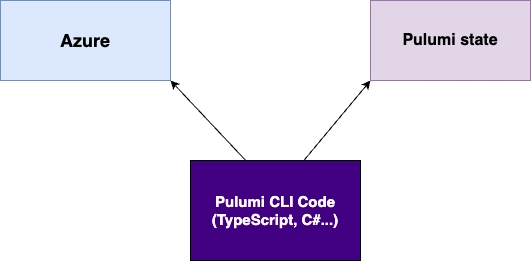How High-Performing Dev Teams Use Async Communication to Stay Productive
Introduction In the fast-paced world of software development, every line of code counts—and so does every minute of your day. As tech teams increasingly embrace remote and hybrid models, we must clearly rethink how we communicate. Daily stand-ups, endless Zoom calls, and constant Slack notifications are no longer the productivity boosters they once seemed to be. Instead, high-performing developer teams use asynchronous (async) communication to stay aligned, reduce interruptions, and get more done. Why Daily Stand-Ups Are Losing Their Edge Daily stand-ups were designed to be quick, focused meetings to keep teams in sync. But in reality, they often: Happen at inconvenient times across time zones Turn into lengthy status updates Break developer flow and deep work Add unnecessary meeting fatigue According to a recent GitLab Remote Work Report, 48% of developers say meetings are their biggest distraction. In a world where productivity hinges on focus, that's a serious problem. So, how are elite dev teams solving this? Enter Async Communication: The Modern Dev Team's Secret Weapon Asynchronous communication means you don't have to reply immediately. It's messaging without the pressure of real-time response, allowing developers to: Maintain deep focus without interruption Work across time zones seamlessly Document discussions for future reference Respect individual work rhythms Real-World Example: How Async Improved One Remote Dev Team A fully remote SaaS company with a 12-person engineering team moved from daily Zoom stand-ups to async updates via a dedicated project management platform. The result? 35% reduction in meeting hours Increased code commits per developer Higher team satisfaction scores in quarterly surveys They used a tool like Teamcamp, which allowed devs to post daily progress updates, blockers, and next steps on their schedule. Team leads could quickly scan updates, add comments, and tag contributors—all without pulling the team into a synchronous call. Benefits of Async Communication for Developers 1. Protects Deep Work Deep work—the kind that solves problems, writes elegant code, and builds excellent products—requires uninterrupted time. Async updates let devs check in without logging off from their flow state. 2. Improves Transparency & Accountability Unlike spoken stand-ups that vanish into thin air, async updates are documented. The team can see what's happening, when, and why. 3. Reduces Cognitive Load Instead of remembering a status update for a 10 AM call, devs can jot down updates right after finishing a task or commit. It reduces mental overhead and improves clarity. 4. Supports Global Teams Async works across time zones, letting your team in New York, Berlin, and Bangalore work without delay—no more timezone-induced bottlenecks. How to Implement Async Stand-Ups That Work Transitioning to async isn't just about switching tools but building new habits and expectations. Step 1: Choose the Right Tool A powerful platform like Teamcamp enables asynchronous communication through: Threaded updates for project tracking Commenting and tagging for collaborative discussion Visual progress tracking for team leads Integrated team messaging and task boards It's more than just a messaging tool—it's a collaboration workspace that respects dev time. Step 2: Define What to Share To avoid vague or bloated updates, ask your team to cover three things: What did I work on yesterday? What will I work on today? Any blockers or dependencies? Encourage concise but informative posts. A good async update should take less than 2 minutes to write and even less to read. Step 3: Set a Daily Posting Time Create consistency without rigidity. Ask devs to post updates by a specific time each day (e.g., before 11 AM local time). Managers can check in whenever it suits them. Step 4: Encourage Follow-Up in Threads Not every issue needs a call. Async threads let team members ask questions or suggest solutions without scheduling another meeting. Step 5: Track and Improve Use analytics or retrospective feedback to improve the process. Are updates being read? Are blockers being resolved faster? Adjust accordingly. Tools That Make Async Updates Easy Explore Teamcamp Communication Feature Beyond Teamcamp, here are other tools devs love for async collaboration: Loom – For quick video updates Notion – Documenting processes and async wiki-style updates GitHub Issues – Tracking work within the code ecosystem Slack (with async bots) – Stand-up bots like Geekbot or Standuply But keep in mind: Tool overload defeats the purpose. That's why many teams consolidate their updates, chat, tasks, and timelines within Teamcamp—keeping everything in one place and removing context-switching. A

Introduction
In the fast-paced world of software development, every line of code counts—and so does every minute of your day. As tech teams increasingly embrace remote and hybrid models, we must clearly rethink how we communicate.
Daily stand-ups, endless Zoom calls, and constant Slack notifications are no longer the productivity boosters they once seemed to be. Instead, high-performing developer teams use asynchronous (async) communication to stay aligned, reduce interruptions, and get more done.
Why Daily Stand-Ups Are Losing Their Edge
Daily stand-ups were designed to be quick, focused meetings to keep teams in sync. But in reality, they often:
- Happen at inconvenient times across time zones
- Turn into lengthy status updates
- Break developer flow and deep work
- Add unnecessary meeting fatigue
According to a recent GitLab Remote Work Report, 48% of developers say meetings are their biggest distraction. In a world where productivity hinges on focus, that's a serious problem.
So, how are elite dev teams solving this?
Enter Async Communication: The Modern Dev Team's Secret Weapon
Asynchronous communication means you don't have to reply immediately. It's messaging without the pressure of real-time response, allowing developers to:
- Maintain deep focus without interruption
- Work across time zones seamlessly
- Document discussions for future reference
- Respect individual work rhythms
Real-World Example: How Async Improved One Remote Dev Team
A fully remote SaaS company with a 12-person engineering team moved from daily Zoom stand-ups to async updates via a dedicated project management platform. The result?
- 35% reduction in meeting hours
- Increased code commits per developer
- Higher team satisfaction scores in quarterly surveys
They used a tool like Teamcamp, which allowed devs to post daily progress updates, blockers, and next steps on their schedule. Team leads could quickly scan updates, add comments, and tag contributors—all without pulling the team into a synchronous call.
Benefits of Async Communication for Developers
1. Protects Deep Work
Deep work—the kind that solves problems, writes elegant code, and builds excellent products—requires uninterrupted time. Async updates let devs check in without logging off from their flow state.
2. Improves Transparency & Accountability
Unlike spoken stand-ups that vanish into thin air, async updates are documented. The team can see what's happening, when, and why.
3. Reduces Cognitive Load
Instead of remembering a status update for a 10 AM call, devs can jot down updates right after finishing a task or commit. It reduces mental overhead and improves clarity.
4. Supports Global Teams
Async works across time zones, letting your team in New York, Berlin, and Bangalore work without delay—no more timezone-induced bottlenecks.
How to Implement Async Stand-Ups That Work
Transitioning to async isn't just about switching tools but building new habits and expectations.
Step 1: Choose the Right Tool
A powerful platform like Teamcamp enables asynchronous communication through:
- Threaded updates for project tracking
- Commenting and tagging for collaborative discussion
- Visual progress tracking for team leads
- Integrated team messaging and task boards
It's more than just a messaging tool—it's a collaboration workspace that respects dev time.
Step 2: Define What to Share
To avoid vague or bloated updates, ask your team to cover three things:
- What did I work on yesterday?
- What will I work on today?
- Any blockers or dependencies?
Encourage concise but informative posts. A good async update should take less than 2 minutes to write and even less to read.
Step 3: Set a Daily Posting Time
Create consistency without rigidity. Ask devs to post updates by a specific time each day (e.g., before 11 AM local time). Managers can check in whenever it suits them.
Step 4: Encourage Follow-Up in Threads
Not every issue needs a call. Async threads let team members ask questions or suggest solutions without scheduling another meeting.
Step 5: Track and Improve
Use analytics or retrospective feedback to improve the process. Are updates being read? Are blockers being resolved faster? Adjust accordingly.
Tools That Make Async Updates Easy
Explore Teamcamp Communication Feature
Beyond Teamcamp, here are other tools devs love for async collaboration:
- Loom – For quick video updates
- Notion – Documenting processes and async wiki-style updates
- GitHub Issues – Tracking work within the code ecosystem
- Slack (with async bots) – Stand-up bots like Geekbot or Standuply
But keep in mind: Tool overload defeats the purpose. That's why many teams consolidate their updates, chat, tasks, and timelines within Teamcamp—keeping everything in one place and removing context-switching.
Async Communication Isn't Anti-Meetings—It's Pro-Intentional Work
You don't need to eliminate meetings. But reserve them for brainstorming, tough blockers, or team-building. Let Async cover routine updates, progress tracking, and low-priority discussions.
"Working async doesn't mean working in isolation. It means communicating smarter, not harder." – Senior Dev at a YC-backed startup.
Closing Thoughts: Level Up Your Team's Communication
In a world where developer time is among your most valuable resources, async communication isn't just a nice-to-have—it's a productivity multiplier.
By eliminating unnecessary meetings, embracing tools like Teamcamp, and fostering a culture of thoughtful communication, your dev team can:
- Code more, context-switch less
- Collaborate across time zones effortlessly
- Spend more time building and less time talking about building
Ready to Upgrade Your Team's Productivity?
Start by exploring how Teamcamp can streamline your dev workflows with powerful async collaboration tools, visual project tracking, and flexible team messaging.
Visit Teamcamp and start building a better way to work together, yet independently.















































































